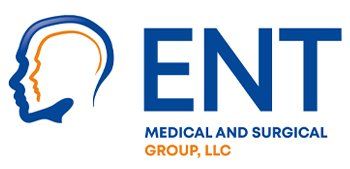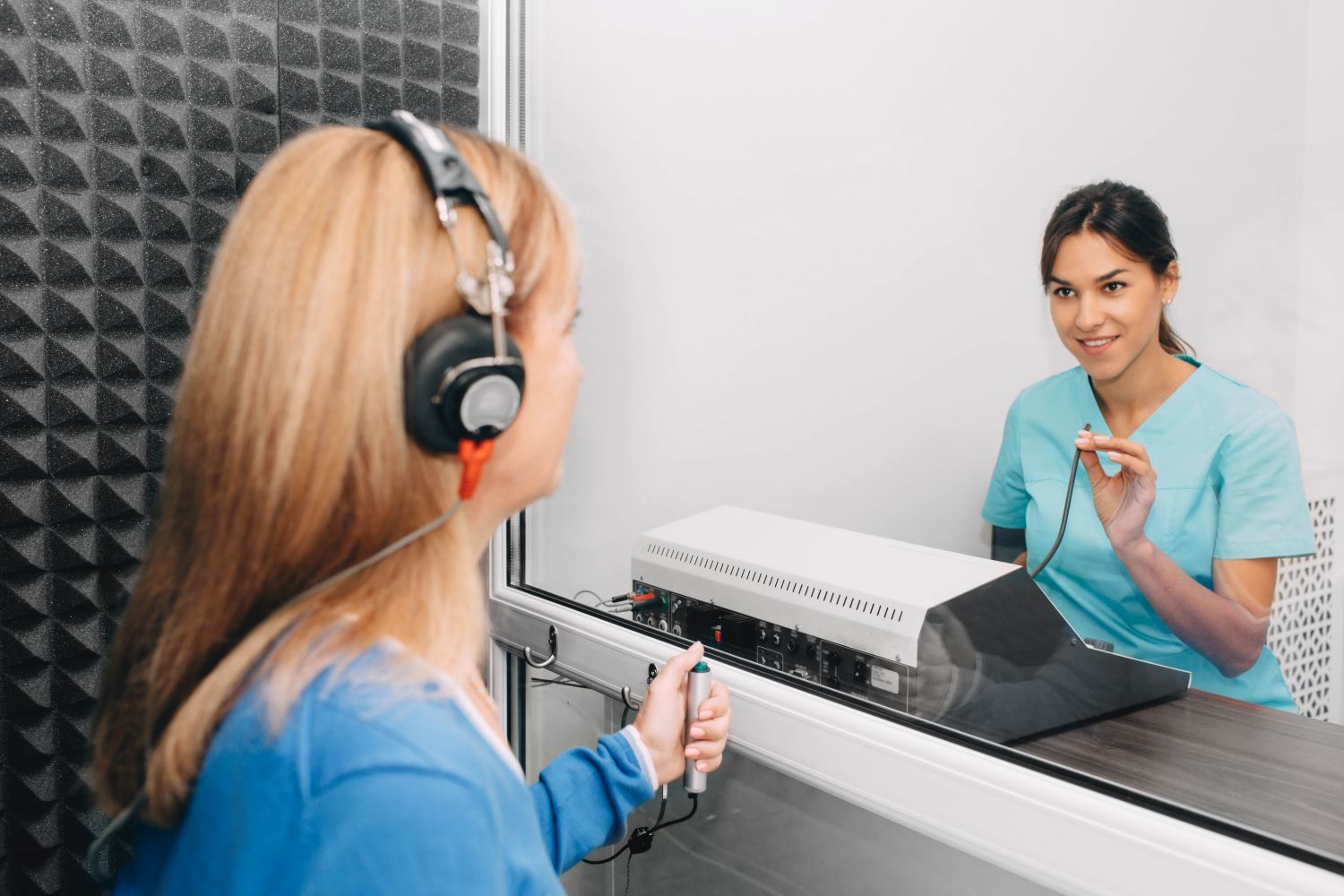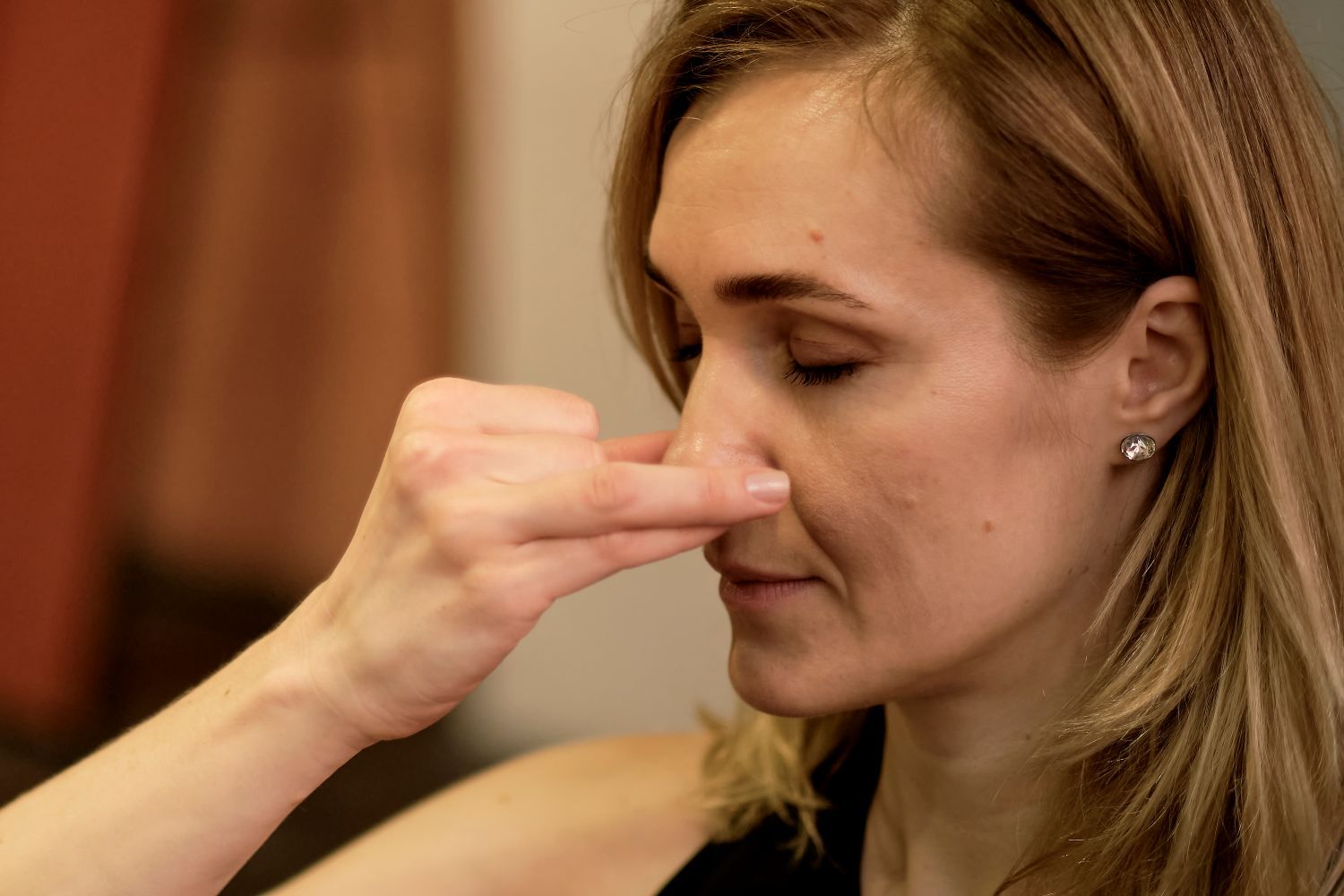Exploring the Connection Between Chronic Rhinitis and Sleep Disturbances
Chronic rhinitis, a common condition causing inflammation in the nasal passages, goes beyond daytime discomfort. It also affects sleep patterns, leading to quality and quantity disruptions. This link between chronic rhinitis and sleep problems is significant and needs attention.
Keep reading to learn about the connection between chronic rhinitis and sleep disturbances.
What Is Chronic Rhinitis?
Rhinitis is among the most common chronic diseases in the world. Chronic rhinitis is the persistent inflammation of the nasal mucosa, leading to nasal congestion, sneezing, itching, and rhinorrhea. Allergic rhinitis, the most common form of chronic rhinitis, occurs when the immune system overreacts to allergens like pollen, dust mites, or pet hair. Non-allergic rhinitis can result from various triggers, such as changes in weather, irritants, or hormonal fluctuations.
The Impact on Sleep Quality
For individuals suffering from chronic rhinitis, the effects extend beyond daytime discomfort. Sleep disturbances are a common complaint among patients. Nasal congestion, a common symptom of chronic rhinitis, often worsens at night due to factors like lying down and reduced environmental distractions. This congestion can lead to difficulties breathing through the nose, resulting in mouth breathing and disrupted sleep patterns.
Mechanisms of Sleep Disruption
Chronic rhinitis disrupts sleep through several mechanisms. Nasal congestion forces mouth breathing, reducing oxygen intake and disrupting sleep cycles. It also triggers coughing, sneezing, and postnasal drip, constantly interrupting deep sleep stages. Additionally, the discomfort and difficulty breathing can make falling asleep challenging, leading to frustration and anxiety.
Bidirectional Relationship
The relationship between chronic rhinitis and sleep disturbances is bidirectional, with each contributing to the other. Poor sleep quality can increase nasal symptoms by compromising immune function and increasing inflammation. Alternatively, persistent nasal congestion and disrupted breathing patterns contribute to disturbed sleep that worsens rhinitis symptoms.
Impact on Health
The impact of chronic rhinitis on sleep goes beyond just physical discomfort. Here's how poor sleep quality can affect other aspects of your health:
- Daytime Fatigue: Disrupted sleep leads to daytime fatigue and drowsiness, impacting your energy levels, focus, and productivity.
- Decreased Immunity: Sleep deprivation weakens your immune system, making you more susceptible to other illnesses.
- Mood Swings: Chronic sleep problems can contribute to irritability, mood swings, and even depression.
Management Strategies
Fortunately, there are steps you can take to improve your sleep quality despite chronic rhinitis:
- Manage Allergies: If allergies are the culprit, allergy medications like antihistamines can help control symptoms like congestion and runny nose.
- Nasal Sprays and Irrigation: Saline nasal sprays and irrigation can help loosen mucus and clear congestion, making breathing easier at night.
- Bedroom Environment: Maintain a cool, well-ventilated bedroom with a humidifier to prevent dry air from causing congestion.
- Elevate Your Head: Sleeping with your head slightly elevated can help improve drainage and ease nasal congestion.
- Sleep Hygiene Practices: Develop good sleep hygiene practices like establishing a regular sleep schedule, creating a relaxing bedtime routine, and avoiding stimulating activities before bed.
When to See a Doctor
If chronic rhinitis impacts your sleep and daily life, consider making an appointment with an otolaryngologist (ear, nose, and throat doctor). We can help diagnose the cause of your rhinitis and recommend effective treatment options. Depending on the underlying cause, treatment might involve stronger medications, nasal steroids, or even allergy shots.
Are you seeking relief from chronic rhinitis and sleep disturbances? The ENT Medical and Surgical Group experts are ready to guide you in addressing your chronic rhinitis and sleep quality. We serve New Haven, North Haven, and Branford, Connecticut, to help you identify all ENT issues. Schedule a consultation today!













